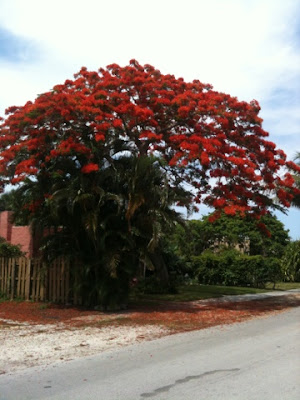I thought this was an excellent way to look at "being green."
"There are approximately 300 million people in the US. Let's lop the youngest and oldest 10% off just to avoid people complaining that I am asking infants and great-grandparents to compost or something. That leaves us with 240 million. Now let's eliminate the richest and poorest 10%, because one group can't afford bottled water and the other has their water brought to them in crystal glasses by hired help. So we're down to 190 million people who, in this day and age, we can safely assume have bought one bottle of water this year.
Now I am not even asking us all to stop buying water. It'd be great, but let's use realistic baby steps, OK? If every person who bought one bottle of water at some point this year, filled it up at the sink once before throwing it out, that's 190 million plastic bottles we keep out of the waste stream. Current stats show that around 80% of plastic bottles are not recycled, so in one tap-water refill we have kept 152 million plastic water bottles out of dumps and landfills.
That's the point I am trying to make here; if we acknowledge that we are all someone's child, that many of us are someone's parent, that we are all part of the human chain, then even a tiny single walk to the sink can make a huge difference.
So that's my pitch. Look around you, inside and out. Look at the planet we walk through and appreciate it, and look at everyone around you every day and realize that we are all in this together, and that we have, as our greatest strength, our numbers. Buy a reusable bottle, walk to lunch and skip the elevator, tell the guy at the deli you don't need the plastic bag, and, when you get a rare opportunity like this one tonight, spend your hard-earned cash on worthy causes like the WAVE Foundation, ..."
From Holter Graham's Speech at the Wave Foundation Nauti Nite, the fundraising gala for the WAVE Foundation at the Newport Aquarium in Newport Kentucky.
http://planetgreen.discovery.com/tv/wasted/holter-graham-speech.html
Gene Dempsey, City Forester
Environmental Services
Office - (954) 828-7704 Fax - (954) 828-7897
Think before you print!

 Royal Poinciana trees are currently in bloom with a brilliant display of red flowers throughout South Florida. The Royal Poinciana is also known by other names around the world, such as flamboyant tree, flame tree, and peacock flower. Royal Poinciana gets 30-40 ft tall, but its elegant wide-spreading umbrella-like canopy can be wider than its height. Royal Poinciana is deciduous in climates that have a marked dry season, but in Florida and other areas where the winter is not that much dryer than the summer, it is a semi-evergreen tree.
Royal Poinciana trees are currently in bloom with a brilliant display of red flowers throughout South Florida. The Royal Poinciana is also known by other names around the world, such as flamboyant tree, flame tree, and peacock flower. Royal Poinciana gets 30-40 ft tall, but its elegant wide-spreading umbrella-like canopy can be wider than its height. Royal Poinciana is deciduous in climates that have a marked dry season, but in Florida and other areas where the winter is not that much dryer than the summer, it is a semi-evergreen tree.